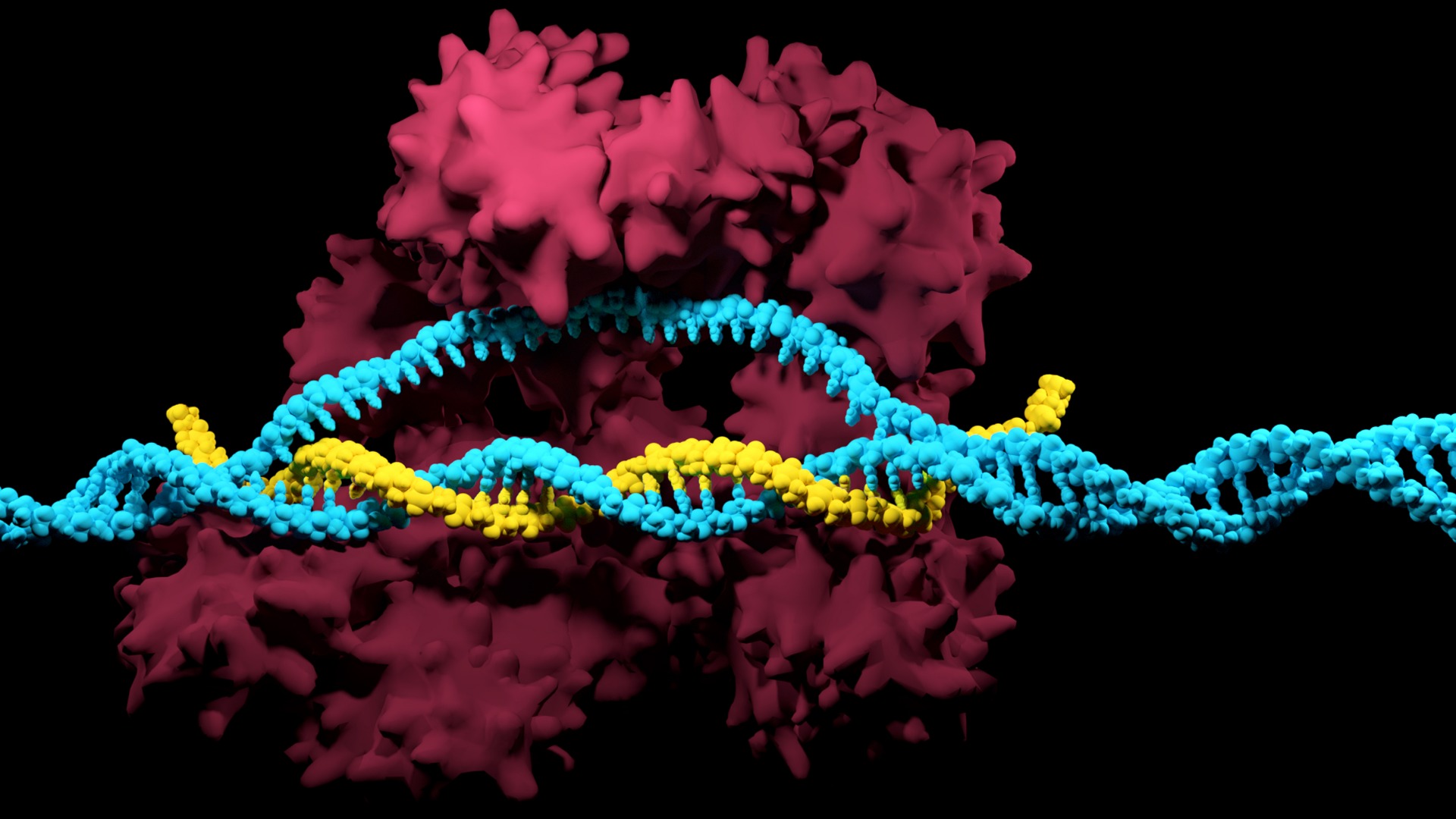What is CRISPR Used For?
CRISPR is being used for a variety of purposes, ranging from imaging to screening. In the individual chapters of this guide, we shall delve deeper into these methods.
CRISPR Screening: Drug Discovery and More
Genomic screening is a powerful tool that is used to understand the biological pathways at a systems level. Using screening, researchers are able to manipulate genes to mediate loss of function and gain of function mutations. CRISPR screening particularly plays an important role in the drug discovery process. To learn more about how CRISPR screens work and how they are being utilized for drug discovery, check out the chapter on screening.
CRISPRa & CRISPRi: CRISPR Methods for Genome Editing
A recent tweak to CRISPR-Cas9 technology has allowed scientists to modulate gene expression for gene activation, CRISPRa (CRISPR activation), and for gene expression interference, CRISPRi (CRISPR interference).
So how do CRISPRa and CRISPRi work? In both these variants of CRISPR, an enzymatically deficient Cas9 (dead Cas9 or dCas9) is fused with a transcriptional effector. Although the dCas9 is unable to make a DNA cut, the guide RNA is still able to navigate it to the target site and the effector can now either activate or repress gene expression. In this guide chapter, we will delve into specific details about the mechanism & applications of these CRISPR methods.
CRISPR Imaging: What is it?
While CRISPR has gained tremendous popularity for its gene editing abilities, there are other lesser-known applications of CRISPR such as imaging that are gaining popularity as well. Scientists can use CRISPR based imaging techniques to visualize DNA and track genomic loci of interest in real-time. So what is CRISPR imaging being used for? The two main research areas that scientists are using this technique for are chromatin remodeling and telomere health.
In the chapter on CRISPR imaging, you can learn more about its applications, challenges and what scientists are doing to solve them.
Precision Gene Editing Tools
A comprehensive guide on CRISPR methods would not be complete without covering precision editing like base and prime editing. Base editing makes targeted, single-base changes to DNA, while prime editing can perform targeted small insertions, deletions and base swapping. The key difference between traditional CRISPR and these precision editing methods is that base and prime editing modify the target DNA without generating double-stranded DNA breaks. To learn more about these techniques and their applications check out this chapter.
